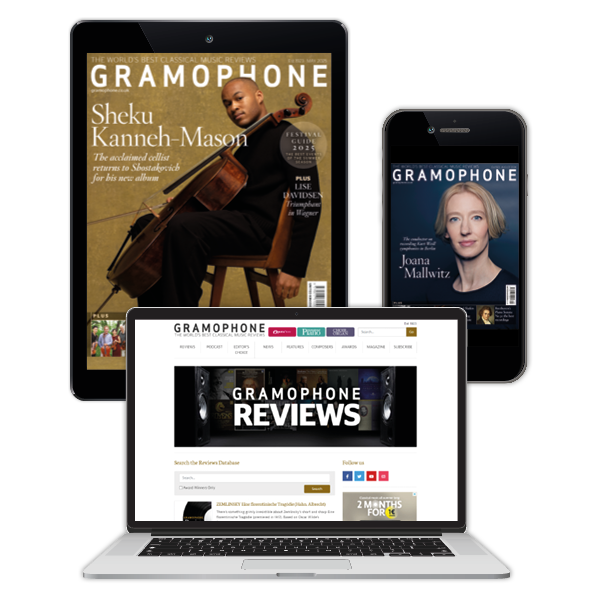BEETHOVEN Cello Sonata 1. String Quartet No 15
Chamber greats from a Westphalian power station
View record and artist detailsRecord and Artist Details
Composer or Director: Johann Sebastian Bach, Ludwig van Beethoven
Genre:
Instrumental
Label: Avi
Magazine Review Date: 11/2011
Media Format: CD or Download
Media Runtime: 71
Mastering:
Stereo
DDD
Catalogue Number: AVI8553225

Tracks:
| Composition | Artist Credit |
|---|---|
| (Die) Kunst der Fuge, '(The) Art of Fugue', Movement: Contrapunctus 11 (a 4) |
Johann Sebastian Bach, Composer
Antje Weithaas, Violin Christian Tetzlaff, Violin Johann Sebastian Bach, Composer Rachel Roberts, Viola Tanja Tetzlaff, Cello |
| String Quartet No. 15 |
Ludwig van Beethoven, Composer
Antje Weithaas, Violin Christian Tetzlaff, Violin Ludwig van Beethoven, Composer Rachel Roberts, Viola Tanja Tetzlaff, Cello |
| Sonata for Cello and Piano No. 1 |
Ludwig van Beethoven, Composer
Aaron Pilsan, Piano Gustav Rivinius, Cello Ludwig van Beethoven, Composer |
Author: Harriet Smith
It is followed, very naturally, by Beethoven’s Op 132 Quartet. They take less time over the opening than the Takács but have a refined intensity that is akin to that of the Hagen. You’re acutely aware that this is a quartet of individuals, each player highly responsive to the others, conveying the rhythmic tensions of the second movement and the Alla Marcia to great effect. But it’s in the slow movement that the heart of this work lies, its ‘Hymn of Thanksgiving’ represented by its archaic opening material (which links back in mood to the Bach). No modern-day quartet can quite touch the Takács here in its sustained intensity offset by an almost frolicsome joie de vivre as the D major central section reaffirms the potency of the life force, but the contrast between austerity and warmth is very well conveyed here, as is the incessant propulsion of the finale. The applause comes as something of a shock, so quiet have the audience been.
We end with early Beethoven, the First Cello Sonata, played by Gustav Rivinius and the teenage phenomenon Aaron Pilsan. It’s high on adrenalin and more of a partnership of equals than the Li-Wei Qin/Albert Tiu duo (reviewed below), even if Qin does possess the more innately beautiful tone. I particularly like the way they go for the finale, which isn’t in any way brash but conveys absolutely the bold energy of Beethoven’s music at this time.
Discover the world's largest classical music catalogue with Presto Music.

Gramophone Digital Club
- Digital Edition
- Digital Archive
- Reviews Database
- Full website access
From £8.75 / month
Subscribe
Gramophone Full Club
- Print Edition
- Digital Edition
- Digital Archive
- Reviews Database
- Full website access
From £11.00 / month
Subscribe
If you are a library, university or other organisation that would be interested in an institutional subscription to Gramophone please click here for further information.





